Supporting rural community adaptation to climate change in mountainous regions of Djibouti
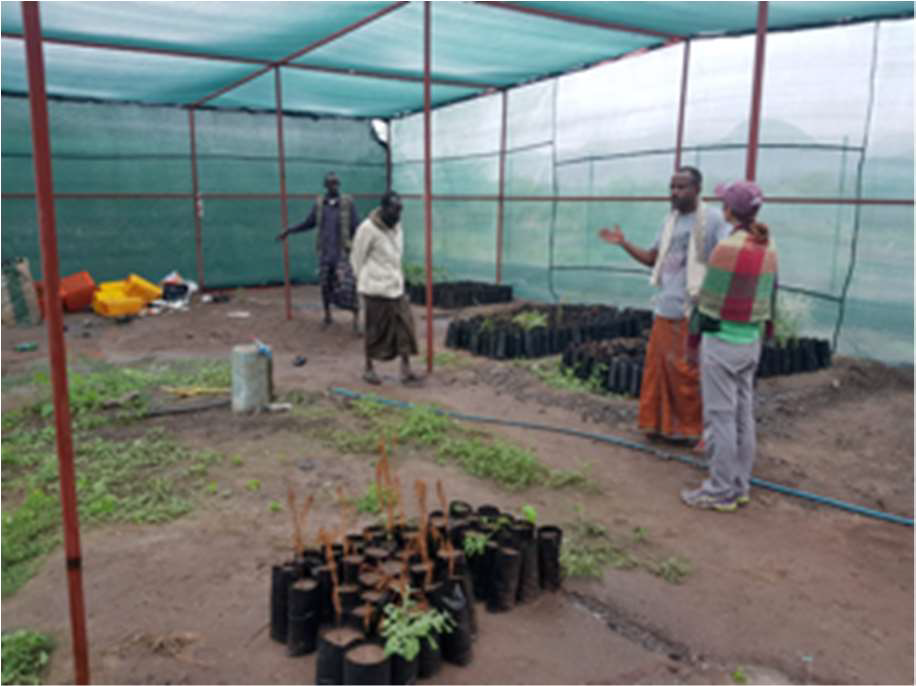
Summary
Implemented in two rural mountainous areas of Djibouti, East Africa, this solution sought to address the vulnerability of rural populations to climate-related impacts through institutional strengthening, climate-smart water management and targeted investment.
Water scarcity and droughts are two of the most common climate-related problems experienced by local populations in the semi-arid country of Djibouti, one of the most water-stressed countries in Africa. However, in recent years, such issues have increased in both frequency and intensity, further impacting the livelihoods of communities and particularly affecting those who rely heavily on natural resources as their main source of income. That is the case for remote rural mountain communities, mainly pastoralists and farmers who depend on rainwater supplies and lack other economic opportunities.
Through the implementation of this project, which was carried out between 2015 and 2020, the national government sought to address these climate-related impacts in the mountainous areas of Adailou (Tadjourah region) and Assamo (Ali Sabieh region), which were identified as vulnerable and lacking livelihood alternatives other than agricultural activities. It was implemented through the Ministry of Habitat, Urbanism and Environment and in close collaboration with other local governmental and non-governmental institutions. It was composed of three components:
Component 1: Increased incorporation of climate change adaptation and adaptation finance in climate-resilient development planning at the national level.
Component 2: Reduced vulnerability to climate change for vulnerable communities in two targeted mountain regions (Adailou and Assamo).
Component 3: Enhanced human and institutional capacity for increased sustainable rural livelihoods among vulnerable communities in two targeted regions (Adailou and Assamo).
Overview
- Location:
- Implementation sites:
-
- Single country
- Multiple locations
- Mountain region:
-
Goda Mountains, Arrei Mountains
- Province:
-
- Tadjourah, Ali Sabieh regions
- Site locations:
-
Adailou, Assamo
- Solution scale:
- Ecosystem type(s):
- Other Ecosystem type(s):
-
- Semi-desert
- Solution type(s):
- Climate impact(s) addressed:
- Climate impact time-scale(s):
- Main benefit associated with the solution:
- Co-benefit(s) associated with the solution implementation:
- Implementation timeline:
-
- 2015 - 2020
Solution details
Main beneficiaries & outcomes
Benefits of the project extend to nearly 7,000 people living in the two project target areas who have benefited from the new water points and infrastructure (wells, boreholes and sills), permitting increased access to this scarce resource and reducing the burden to women and children who are typically responsible for collecting water to meet family needs. Other benefits include awareness-raising activities and the construction of flood protection structures with the participation of locals. In addition, the National Climate Change Committee (NCCC) was reactivated, formalized and empowered with valuable experience and capacities to continue supporting climate adaptation interventions in the future.
Nevertheless, it is important to note that despite the project intentions initially envisaged, not all results were achieved, limiting the realization of other potential benefits such as increased participation of women in the seedling nurseries created and further diversification of income sources through the establishment of poultry and beekeeping jobs. In this case, the final evaluation carried out by external evaluators provided important recommendations that could help prevent similar issues in future projects.
Planning and implementation
The implementation of the solutions was the result of close dialogue between national, regional and local stakeholders and donors, and included consultation campaigns with the local population in the two selected areas. The Ministry of Habitat, Urbanism and Environment (MHUE) was the implementing agency through its Direction for Environment and Sustainable Development (DEDD for its acronym in French) which led the Project Management Unit.
Collaboration with other government agencies, such as the Ministry of Agriculture, Water, Fisheries and Livestock Farming and the Ministry of Higher Education and Research, as well as with the two main existing local NGOs; the association Environment Village Adailou (EVA) and the cooperative Groupement Paysan Agricole Assamo who closely followed activities at the local scale.
Finance
The total cost of the project is described in the following table by the GEF. It included a Least Development Countries Fund (LDCF) grant and co-financing from eight different sources.
|
Project Preparation Grant Amount |
100,000 USD |
|
GEF Project Grant |
5,379,452 USD |
|
Co-financing Total |
28,630,000 USD |
|
GEF Agency Fees |
511,048 USD |
|
Total Cost |
34,109,452.00 USD |
Source: GEF, 2021.
Innovation
Considering the different characteristics of Djibouti’s mountainous areas, which are distinguished by their predominantly semi-desert features, the solutions contained in the design of this project could be perceived as unique in comparison to those commonly applied in other mountains around the world. They targeted high water stress and lack of livelihood diversification. Moreover, the project has been described as innovative for the country as it incorporated partnerships with civil society organizations, an element that has also been recommended to be continued in the future.
Performance evaluation
The project performance was assessed in a mid-term evaluation in September 2018 following UNDP-GEF monitoring and evaluation standards and procedures. A final evaluation was also carried out in January 2020 just prior to the closure of project activities. The latter was conducted by external evaluators and included the review of project documents, reports and media, as well as interviews and field visits to the two project implementation regions. It covered monitoring and evaluation, quality of implementation and execution, sustainability, and evaluation of results as the four main areas. In the case of results, these were rated as follows:
- Relevance: relevant
- Effectiveness: moderately satisfactory
- Efficiency: moderately unsatisfactory
- Sustainability: moderately likely
- Impact: significant
Long term project sustainability and maintenance
The long-term sustainability of the solutions’ achievements has been considered as moderately likely in the final evaluation, mainly due to the generation of awareness among the population in the targeted remote areas, and the revitalization and capacity building of the NCCC for the continuity of climate adaptation efforts in both areas. However, the evaluation has also identified the need for greater efforts in financing and long-term maintenance of infrastructure, as well as in monitoring, as no monitoring and evaluation strategy was developed to guide reporting work in practice. Some of this could be improved within the replication of solutions that was planned in the Project Document to take place (no further information available).
Capacities for design and implementation
Knowledge
Important for the design and implementation of the project was the support available from a hydrologist, an agronomist and a socioeconomist during the first three years of activities, providing very useful support to the Project Management Unit which lacked the necessary technical skills and experience to implement some of the measures. These experts were shared with another project, but remained available for consultation as needed.
Likewise, the two non-governmental groups contracted at the two sites have extensive experience in working with local communities in the region. In the case of EVA, they collaborated with their expertise in reforestation, fencing and pasture regeneration, and in raising community awareness about climate-resilient practices. Regional technical experts are also available to support population and are planned to serve as contact points if a problem occurs with some equipment.
Technology
Overall, the project did not rely heavily on technology. Yet, technology and related capabilities were useful for the installation of a water sensor radar in Adailou that provides flood information and from where data is collected monthly at the station (the telephone network does not cover that area and data cannot be collected remotely).
Political / Legal
This project was the result of the national government’s interest in advancing efforts to support climate adaptation in the country and is well-aligned with the national strategic document called “Vision 2035 Djibouti”. The ownership of the initiative by the Ministry of Habitat, Urbanism and Environment was particularly relevant. Furthermore, such political support from various government institutions was also evident in the reactivation of the National Climate Change Strategy (NCCC) which was formalized in a presidential decree and since its validation in April 2018 has been used as a national reference by policy makers and practitioners.
Institutional
The collaboration of the implementing government entities with local NGOs was one of the strongest points in the implementation of this solution, facilitating the transfer of knowledge and skills to the local population when needed. Both EVA and GPAA have significant experience, a strong track record of community engagement, a good understanding of local dynamics and are themselves well known in the relevant areas. Their participation was formalized through in-kind co-financing. During the early process of the interventions, meetings held with previous NCCC members were also useful for obtaining useful lessons and recommendations.
Socio-cultural
In the initial risk analysis, the lack of commitment from the local population in the target communities was one of the potential risks identified for the project; however, that risk never materialized and the population displayed involvement and participation in the different activities. In this case, such collaboration was strongly facilitated by the partnership with EVA and GPAA as well as by the hiring of a regional Focal Point for each region, acting as a local relay with the communities and as a contractor. Local youth, for example, were recruited and trained for the construction of flood protection gabions.
Outlook & Scalability
Barriers and adverse effects
Various risks were initially identified in the project document, such as possible delays due to lack of knowledge and human resources available at the national level, low level of cooperation between executing institutions, lack of community ownership and skepticism, among others. Some of these risks never materialized or were successfully overcome when the corresponding mitigation measures were put in place. However, the implementation suffered from numerous shortcomings that might reduce the current and future impacts of the project. For instance, 18% of planned activities were not implemented, the budget for monitoring and evaluation of activities was insufficient, and there was a delay in the completion of results. An environmental and social impact assessment was carried out in January 2019 as part of the project activities (towards the end of the project life) and no specific risk was identified in this regard.
Transformation and future outlook
Despite the shortcomings, the project brought a number of benefits to the selected communities in terms of improved access to water and protection against the continuous flooding that affects them, which is of great importance and a priority in both areas. Thanks to the reactivation of the NCCC, the creation of awareness regarding climate change impacts (and solutions), and the increased adaptive capacity transferred to the communities, there are now greater possibilities and opportunities for both regions to continue their efforts on adaptation and sustainable development matters. Moreover, if carefully considered, the final project evaluation document can be an important tool for learning and better preparing future actions in the country.
Potential for upscaling and replication
The replication of this solution has been initially planned in the project design with the intention of continuing adaptation efforts in the country and reducing climate vulnerabilities. Although further details on the implementation of such replication are not yet known, it is known that its strategy focuses both on strengthening the governance and policy framework for adaptation to climate change in the future, as well as enhancing the capacities of beneficiaries through training and cooperation with other countries for lesson learning. As mentioned above, the continuity of adaptation actions in the country is important and could benefit greatly if the findings and recommendations made in the final external evaluation report are taken into account.




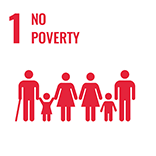
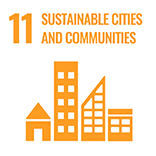

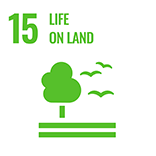
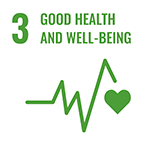

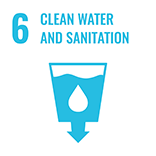

Comments
There is no content